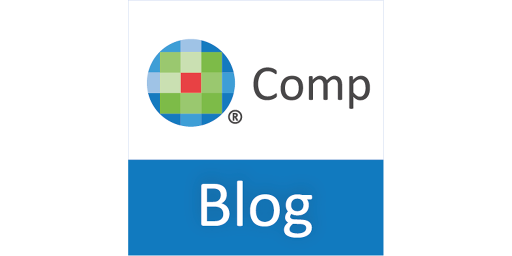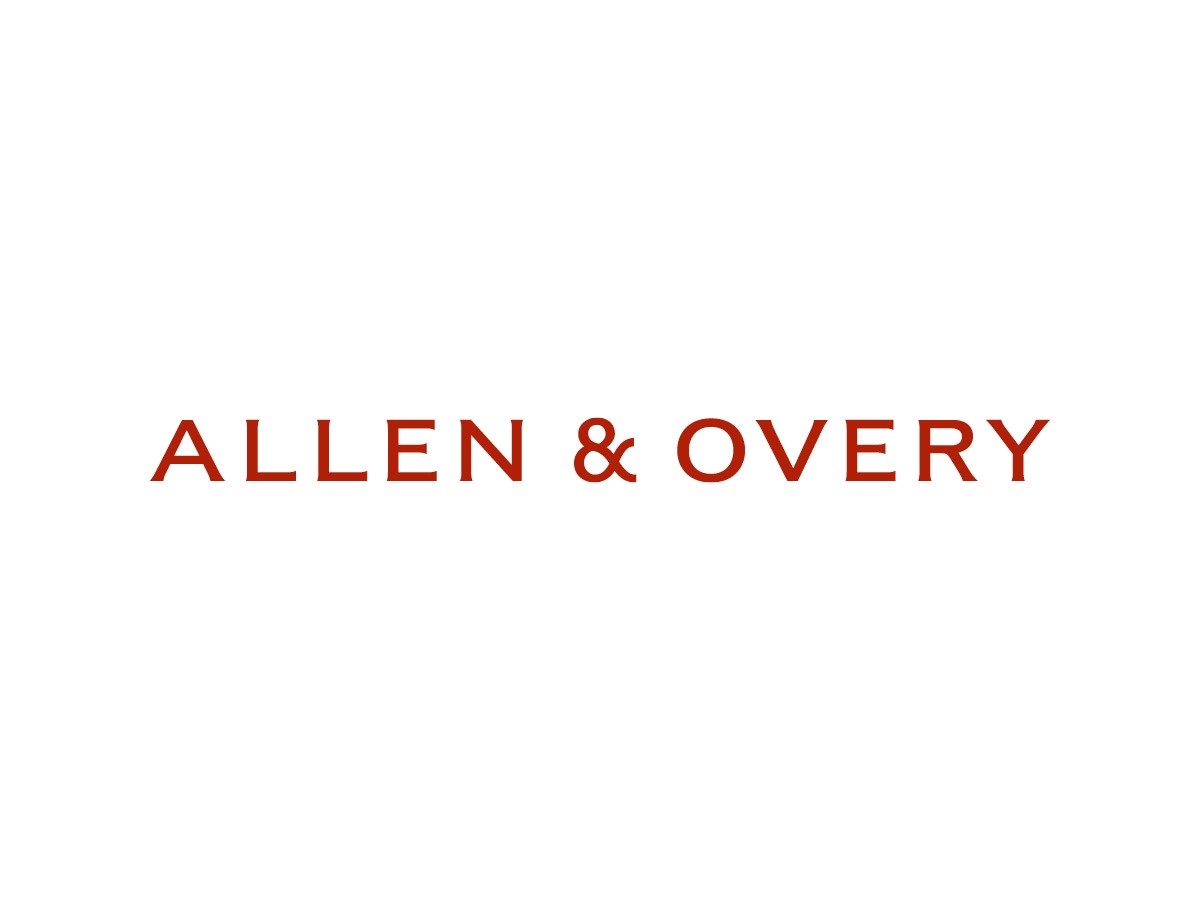District Court Decision Teaches Caution When Construing Claims to Encompass After-Arising Technology
“To permit patentees to claim after-arising technology, but simultaneously avoid invalidation under the pretense that after-arising technology cannot be considered as part of the enablement quandary, would…allow patentees to enforce patents they clearly did not invent.”
Novartis is currently involved in a multi-district patent litigation campaign to block generic entrants for Entresto®, which is Novartis’ blockbuster heart medication. In the fall of 2022, Novartis went to trial on the validity of one of the asserted patents, U.S. Patent No. 8,101,659 (“the ‘659 patent”). On July 7, 2023, the district court invalidated the patent for lack of written description despite rejecting an enablement defense based upon the same evidence. The district court’s decision highlights a clear tension between claim construction and enablement that, if left to stand, could permit pharmaceutical companies to block lower-cost generic medications with patents they did not actually invent.
The ’659 patent is directed to a combination of two drugs to treat hypertension or heart failure: (i) valsartan, which is an angiotensin receptor blocker, and (ii) sacubitril, which is a neutral endopeptidase inhibitor. During claim construction, the generics argued that the ‘659 patent should be limited to a combination of valsartan and sacubitril “as two separate components.” By contrast, Novartis expressly advocated that the claims should be construed more broadly to include complexes. The court agreed with Novartis.
Enablement vs. Written Description
The parties’ claim construction dispute was dispositive to infringement. Entresto® is a non-covalently bound complex of valsartan and sacubitril, rather than a physical mixture of the two drugs. Thus, had the court found that the ‘659 patent should be limited to a combination of the drugs “as two separate components,” Novartis would not have been able to prove infringement.
Within its claim construction opinion, the court acknowledged that when construed as broadly as advocated by Novartis, the claims may be rendered invalid for lack of written description or enablement. The court nevertheless reserved adjudicating the validity of the claims at that time.
At trial, the generics argued that the patent is not enabled because it does not include any teachings regarding how to make a non-covalently bound complex of valsartan or sacubitril. In fact, Novartis admitted that such complexes were not discovered until after Novartis had filed for the ‘659 patent. Novartis told the court that it discovered “valsartan and sacubitril in the form of a complex” in a purported “later, nonobvious discovery” after the ‘659 patent. (See Case No. 1:19-cv-1979-RGA (D. Del.) (Dkt. 618, Dec. 16, 2022) p. 28). Novartis also told the court, “[t]he only example of a complex of valsartan and sacubitril cited by [one of the experts] was undisputedly invented years after the ’659 patent priority date.” (Id. p. 37). Indeed, Novartis has two other patents that purport to cover valsartan/sacubitril complexes, namely, U.S. Patent Nos. 8,877,938 and 9,388,134.
Despite this evidence, the district court held the generics failed to prove the patent was not enabled. The court found that neither pharmaceutical complexes generally, nor complexes of valsartan and sacubitril specifically, were known as of the filing date of the ‘659 patent. The court then cited three cases holding that “[e]nablement is judged as of the priority date, and later-existing technology may not be properly considered in the enablement analysis.” See In re Entresto (Sacubitril/Valsartan) Patent Litigation, Case No. 19-1979-RGA (Dkt. 646 at 38), citing In re Hogan, 559 F.2d 595 (CCPA 1977); Plant Genetic Sys., N.V. v. DeKalb Genetics Corp., 315 F.3d 1335 (Fed. Cir. 2003); Chiron Corp. v. Genentech, Inc., 363 F.3d 1247 (Fed. Cir. 2004). Accordingly, because valsartan/sacubitril complexes were after-arising technology, the court held that such complexes need not be enabled. Thus, the court rejected the generics’ enablement defense.
However, based on the same evidence, the court simultaneously found the ‘659 patent invalid for lack of written description. In particular, the court found that, as of the patent’s priority date, “complexes of valsartan and sacubitril, pharmaceutical complexes, and complexes, generally, were unknown to a POSA.” In re Entresto, (Dkt. 646 at 44). Accordingly, the court held that Novartis could not have had possession of such complexes as of the patent’s filing date, and therefore, the patent is invalid for lack of written description.
Difficult to Reconcile
The diverging enablement and written description holdings are difficult to reconcile. The court’s written description holding is not complicated—if the patent is construed to include pharmaceutical complexes, but complexes did not exist as of the priority date, then Novartis could not have had possession of them at that time. Yet, a non-enablement holding should have presumably followed from the same evidence.
The cases relied upon by the district court generally hold that technology that is discovered or invented after a patent application is filed cannot be used to deem the issued patent not enabled. This policy generally makes sense. Patent applicants cannot be prescient of future technological developments, and therefore, should not be penalized for drafting patent claims in a manner that inadvertently sweeps in future technologies. This is especially so given that patents are often litigated years after initially applied for with the U.S. Patent and Trademark Office.
Indeed, the Federal Circuit and its predecessor court have repeatedly articulated the rationale for this policy. The Chiron court stated, “[t]he law does not expect an applicant to disclose knowledge invented or developed after the filing date. Such disclosure would be impossible.” 363 F.3d at 1252. The Hogan court stated, “[i]f later states of the art could be employed as a basis for rejection under 35 U.S.C. § 112, the opportunity for obtaining a basic patent upon early disclosure of pioneer inventions would be abolished.” 559 F.2d at 606. And the Plant Genetic court stated, “one [can]not use a later-existing state of the art to invalidate a patent that was enabled for what it claimed at the time of filing.” 315 F.3d at 1340.
Yet, as sound as the policy enunciated in Hogan, Plant Genetic and Chiron may be, it does not necessarily follow that patentees should be permitted to claim after-arising technology, while simultaneously escaping enablement defenses. The Federal Circuit has previously cautioned against this. In Schering Corp. v. Amgen, 222 F.3d 1347, 1353-54 (Fed. Cir. 2020), the court held that a patent could not cover polypeptides that were not known at the time the patent was filed because “[t]o grant broader coverage,” and determine that the patent can encompass after-arising technology, “would reward [the inventor] for inventions he did not make.”
On the other hand, the Federal Circuit has also held that the doctrine of equivalents can afford certain after-arising embodiments. In Ring & Pinion Service Inc. v. ARB Corp. Ltd., 743 F.3d 831, 834 (Fed. Cir. 2014), the court held that an equivalent embodiment that did not exist at the time the patent was filed, but was nevertheless foreseeable, could still be an equivalent under the doctrine of equivalents. See also Chiuminatta Concrete Concepts, Inc. v. Cardinal Indus., Inc., 145 F.3d 1303, 1310 (Fed. Cir. 1998) (“Due to technological advances, a variant of an invention may be developed after the patent is granted, and that variant may constitute so insubstantial a change from what is claimed in the patent that it should be held to be an infringement. Such a variant, based on after-developed technology, could not have been disclosed in the patent.”)
Yet, in the case of Entresto®, complexes of valsartan and sacubitril could hardly be either foreseeable or insubstantial equivalents to the embodiments disclosed in the ‘659 patent. In fact, Novartis separately claimed such complexes in subsequent patents—namely, —which suggests such complexes were neither foreseeable nor insubstantially different.
Despite this, Novartis advocated construing the ‘659 patent to encompass complexes of valsartan and sacubitril. That was arguably another way of essentially asking the court to find that Novartis invented valsartan/sacubitril complexes as part of the ‘659 patent. Yet, in the next breath, Novartis admitted that it did not discover complexed versions of valsartan/sacubitril until much later. If Novartis admitted that it did not discover complexed versions of valsartan/sacubitril until much later, then how could the patent enable such technology?
Courts Have Noted the Tension
Indeed, despite rejecting the generics’ enablement defense, the district court nevertheless acknowledged the tension between the court’s claim construction and its enablement holding. In a footnote to its opinion, the court observed that Novartis did not cite any cases holding that a patentee can claim “as-yet-undeveloped technology that the patentee did not enable” because “[s]uch a scenario would present an uneasy discrepancy between the scope of infringement and the scope of enablement.” In re Entresto, (Dkt. 646 at 39 n.15).
In fact, judges at the Federal Circuit have also cautioned against allowing patentees to claim after-arising technology, even though it need not be enabled. In a concurrence in Chiron, the Honorable William C. Bryson stated,
“What must be guarded against, in my view, is to interpret Hogan to hold that claims that are enabled by the original application may be construed broadly enough to encompass technology that is not developed until later and was not enabled by the original application. . . . I think the proper approach, suggested in the concurring opinion in Hogan and in Plant Genetic Systems, is to address cases of new technology by construing claims, where possible, as they would have been understood by one of skill in the art at the time of the invention, and not construing them to reach the as-yet-undeveloped technology that the applicant did not enable. That approach preserves the benefits of patent protection for the invention that the applicant has actually conceived and enabled, without extending those benefits for an invention that the applicant may not have conceived and certainly has not enabled.”
363 F.3d at 1262-63. Similarly, the concurrence in Hogan also cautioned that construing claims to encompass after-arising technology, simply because the patentee “used a broad term” that inadvertently swept in future technology, could very well “impede progress in the useful arts.” 559 F.2d at 610 (emphasis in original).
Interestingly, in the Entresto® litigation, the judge who found the patent enabled (the Honorable Richard J. Andrews) was not the same judge who construed the claims (the Honorable Leonard P. Stark). Despite rejecting the generics’ enablement defense, Judge Andrews stated in a footnote, “had the claims been construed more narrowly, they would have been enabled and have adequate written description.”
Dangerous Precedent
Patents are pieces of property. The purpose of claim construction is to survey the metes-and-bounds of that property. The question of whether a patent is enabled must then be assessed against that survey. If the survey grants the patentee after-arising technology over non-foreseeable embodiments that are subsequently patented elsewhere, then one of two things generally must yield—either the survey must be corrected or the patent must be deemed not enabled.
By contrast, to permit patentees to claim after-arising technology, but simultaneously avoid invalidation under the pretense that after-arising technology cannot be considered as part of the enablement quandary, would do something that is presumably not sanctioned by the patent statute—namely, allow patentees to enforce patents they clearly did not invent.
Image Source: Deposit Photos
Image ID: 66516743
Author: alphaspirit






